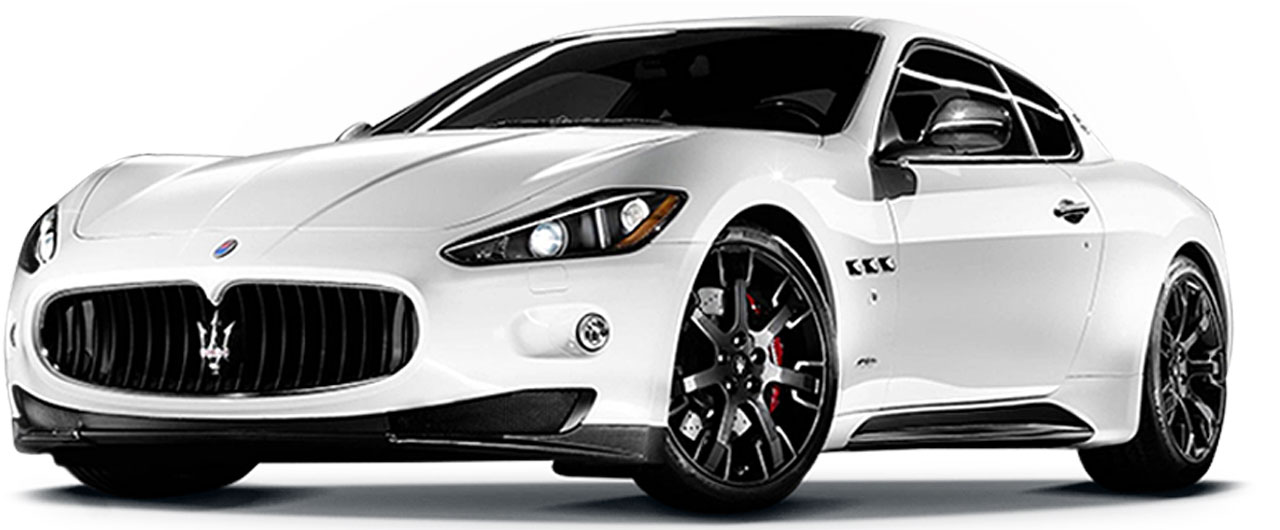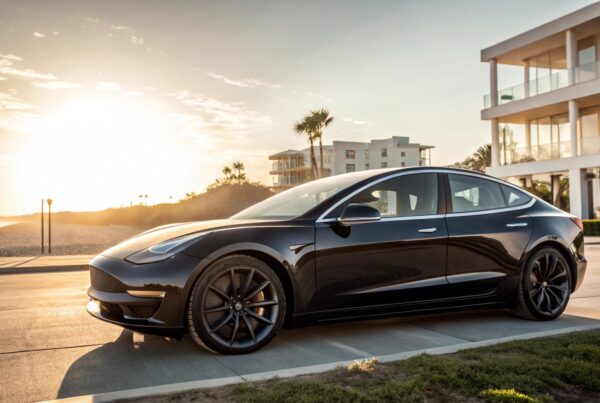When the average car owner purchases a new vehicle, one of the first items on the upgrade list is adding tinted windows. Car window tint comes in many different shades, materials, and levels of technology – each with their own increase in cost to the customer. In the past year or two, one of the most popular due to its affordable cost and longevity is color stable window tint.
Color stable automotive window film is a superior grade of the entry-level dyed window tint. The technology infused in this film ensures the tint does not discolor – or turn purple which is happens within a matter of years with most dyed window films on the market due to exposure to harmful UV rays.
However, there is a misleading or simply inaccurate information about window tint film – specifically, the ins and outs of color stable film. These myths and urban legends will be exorcized here today. In the information below, we’ll discover the truth about color stable tint.
We will explain what this term means, how color stable auto film is different than standard dyed window tint and outline why several professional car tint installers consider it the best value in the window tint industry.
What is Dyed Window Tint?
To get to the root definition of color stable and how it relates to window tints, it’s important to first understand why it was created. There are several grades or types of window film for cars. The ‘entry’ level are dyed window film products.
Conventional dyed films are mainly designed to block sunlight from entering the inside of your vehicle. It’s made by building multiple layers of dye on the film – similar in many ways to how screen-printing t-shirts are made. It’s not great at deflecting solar heat which is a major reason why it fails.
Beyond blocking visible sunlight, this type of film does not provide a lot of additional protection or heat rejection. But it’s a great option if you’re main goal is to make a car, truck, SUV, or other vehicle window’s darker.
What Are the Other Types of Window Tints for Cars?
If protection against UV rays and infrared heat radiation (or heat inside your car) is your goal, there are some higher grades of window tinting that will help provide these attributes. Professional car tint installers usually offer a slew of options – some of them are listed below.
Metalized Window Tint
This type of tint for windows uses metallic flakes to block UV rays. The integrity of the metalized window tint likewise adds strength to the window, which reduces the potential of shattering during an accident or when the window is struck.
Hybrid Dye and Metallic Film
You’ll find the hybrid window tint helpful if you’d like to provide protection against UV exposure, while also improving clarity. This film is made from titanium flakes and grey dyes – making it a good blend of darkness with reduced reflective properties.
Carbon Film
The entry point to block IF or infrared radiation is carbon-infused tint film. This matte finish window tint can block up to 40 percent of IF and block a large percentage of UV as well. These attributes help to protect the interior of your vehicle like leather seats, dashboard, and trim pieces.
Crystalline Window Tint
If you prefer window film that is less dark than others – but has great IR blocking properties – crystalline window tint is a great alternative. The crystalline window tint is typically transparent or a light shade and is designed primarily to reduce the penetration of infrared light – which is what causes the inside of your car to heat up during sunlight hours.
Ceramic Window Tint
The upper-tier of window tint is ceramic film. It uses nonconductive microscopic ceramic particles which helps to block UV and IR – without reducing the emission of electronic transmissions. This means, that previous issues with cell phones, Bluetooth® and Wi-Fi connectivity is clear and resolved. The inclusion of nano ceramic technology reduces the potential of scratching or damage.
What are the Issues with Dyed Window Tint?
Like most entry-level protection solutions, dyed window tint is made to provide a singular benefit – darken windows. The main drawback with this type of film is that it’s made rather cheaply. Due to this fact, and the aggressiveness of UV and IR emission, it doesn’t hold up over time. It’s inability to produce high heat rejection creates additional tendency to wear prematurely.
This creates a fading or discoloring of the window tint – from sun blocking black to a purple color. As continued exposure occurs, the window film begins to break down, causing it to shrivel up, crack, and peel off the window. At this point, the tint is useless and needs to be removed and replaced.
That’s the main pain point with dyed window tints – it’s unreliable and short-lasting nature, along with its inability to maintain stability with its color. Many professional detailers that install car tint will opt to offer the higher-end products, simply due to the unpredictable and unreliable tendencies of most dyed window tints.
What Does Color Stable Mean?
Film instability and damage with dyed window tints starts with breaking down the dye. If this issue can be mitigated, the film itself will have extended lifespan. This is the concept of a color stable window tint. Most color stable tints are based on the dyed film platform, with the addition of nano carbon polyester materials and a proprietary manufacturing process.
Color stable window film blocks UV and IR – but most importantly, does not allow those harmful rays to break down the material. This produces maximum heat rejection which reduces glare from the blinding sunlight, extends the lifespan of the product, and provides additional strength to factory glass.
Plus, it does not include metallic fibers or materials, which means that cell phone or satellite signals are not reduced. It’s able to maintain the tint percentage or keep the color of the window tint “stable”.
How Does Color Stable Window Tint Work?
This might sound contrary to logic – but outstanding color stability is achieved best by absorbing more of those harmful UV and IR rays – but there is a catch. The film itself is made much differently than standard dye film. A regular dyed window tint is simply a layer of dye on a polyester sheet. There really isn’t much integrity or creativity involved in this process – as such, normal dyed windows don’t last long.
The color stable film is manufactured through a process called extrusion. The raw materials that make up color stable window tints are melted and stretched vertically and horizontally – as opposed to simply applied to a sheet. This creates a stronger base material – allowing it to absorb the rays, without damaging the film.
Once the film is created, it’s infused with UV blockers which deflect the damaging ultraviolet rays. The color of the tint will absorb the energy of the sun directly on the glass – as opposed to the film itself (which is applied on the inside of glass). That allows fewer damaging rays to penetrate to the window film – and thus – extends the lifespan of the color stable window tint.
Make sense? In fact, the darker the color stable film, or the higher tint levels, the better it works. It can block up to 45% of heat producing rays, and up to 95% of visible light.
What are the Benefits of Color Stable Window Tint?
If you’re able to reduce damage to the window tint, without impacting the performance or making it too expensive, that equates to a great window tint for cars. That’s the concept behind color stable tint. Essentially, color stable film is a better alternative to dyed window tints. When you make the decision to have a window film dealer near you apply color stable tint, it offers a slew of benefits.
PRO: It does not fade. As mentioned above, the color stable type of window tint is made to improve the biggest fault of dyed films – which is premature wear due to losing its color. The advanced technology infused into color stable tints allows it to hold up against constant bombardment of UV and IR.
PRO: No reduction in cell or radio signal. To maintain color stability, most films need some sort of metallic or ceramic material. The drawback of that is not only a large price hike, but also reduced cell, radio, or satellite signal strength. This doesn’t occur frequently with ceramic tint, but it’s a major drawback of metallic films. This non metallized window film does not include metal flakes or particles – which means your cell phone won’t have fuzzy signal strength because of the tint.
PRO: Affordable alternative to higher-grade products. Typically to receive the benefits of color stable films, you must pay a premium cost. That’s not the case with color stable films. In fact, they offer more bang for the buck than most premium-grade tints. It also produces high heat rejection along with added UV protection, which keeps the inside of your car cooler while producing significant glare relief.
PRO: Extended longevity. Color stable film simply lasts longer than most tints. In fact, there are a few window tint manufacturers that offer warranties with their products.
So – are there any cons to using a color stable film? Not really. If anything, it’s important to clarify that a color stable tint is designed to offer the average car owner an affordable and higher quality alternative to other films with outdated technology. However, they do not block 100% of IR or heat-producing infrared technology.
If that is your top priority, then it’s important to ask your local window tint installer about products that are designed for this attribute – such as ceramic-infused window tints. But for the money, color stable window film is a great option.







